Bots are now tackling tricky and dangerous jobs to help the environment, from clearing invasive species to fighting wildfires.
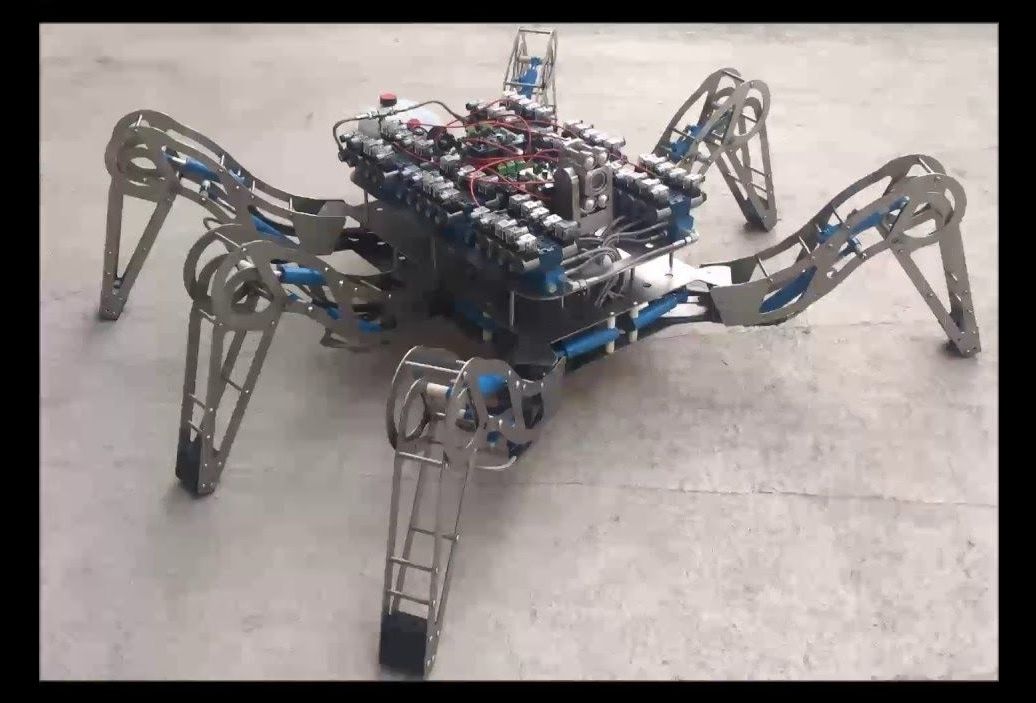

Bots are now tackling tricky and dangerous jobs to help the environment, from clearing invasive species to fighting wildfires.
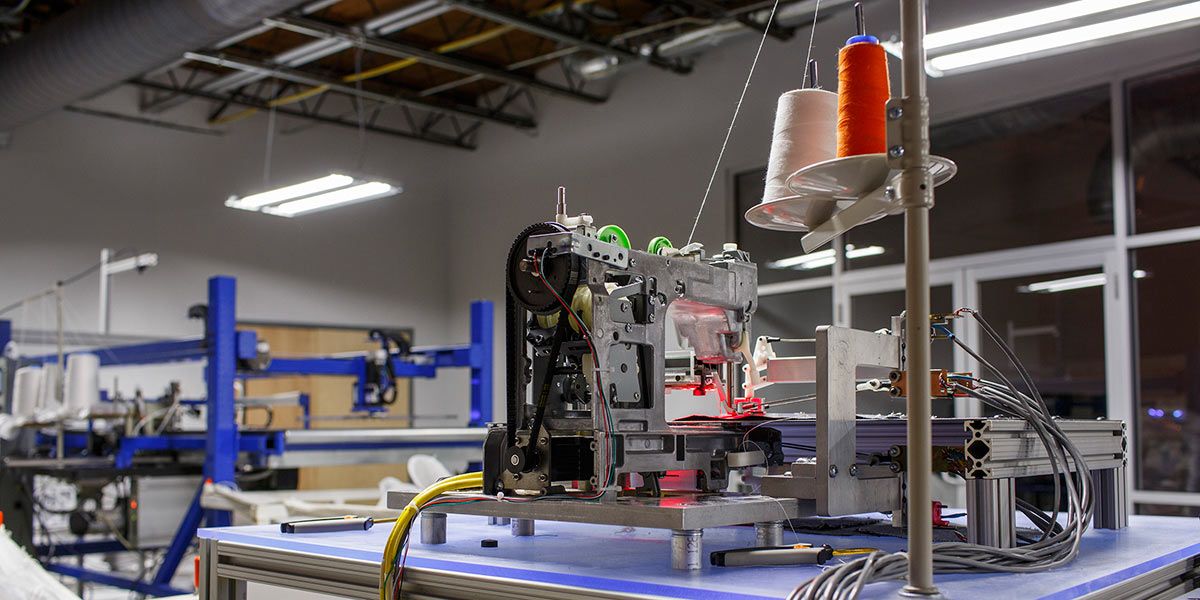
Pan’s company is at the vanguard of a trend that could have devastating consequences for Asia’s poorest nations. Low-cost manufacturing of clothes, shoes, and the like was the first rung on the economic ladder that Japan, South Korea, China, and other countries used to climb out of poverty after World War II. For decades that process followed a familiar pattern: As the economies of the early movers shifted into more sophisticated industries such as electronics, poorer countries took their place in textiles, offering the cheap labor that low-tech factories traditionally required. Manufacturers got inexpensive goods to ship to Walmarts and Tescos around the world, and poor countries were able to provide mass industrial employment for the first time, giving citizens an alternative to toiling on farms.
Automation threatens to block the ascent of Asia’s poor. Civil unrest could follow.

Tonight during Valve’s yearly Dota 2 tournament, a surprise segment introduced what could be the best new player in the world — a bot from Elon Musk-backed startup OpenAI. Engineers from the nonprofit say the bot learned enough to beat Dota 2 pros in just two weeks of real-time learning, though in that training period they say it amassed “lifetimes” of experience, likely using a neural network judging by the company’s prior efforts. Musk is hailing the achievement as the first time artificial intelligence has been able to beat pros in competitive e-sports.

Mattis, speaking in Mountain View, a stone’s throw from Google’s campus, hopes the tech industry will help the Pentagon catch up. He was visiting the Defense Innovation Unit Experimental, an organization within the DoD started by his predecessor Ashton Carter in 2015 to make it easier for smaller tech companies to partner with the Department of Defense and the military. DIUx has so far sunk $100 million into 45 contracts, including with companies developing small autonomous drones that could explore buildings during military raids, and a tooth-mounted headset and microphone.
The academic and commercial spheres are seeing rapid advances in AI technology. And the Pentagon wants in.
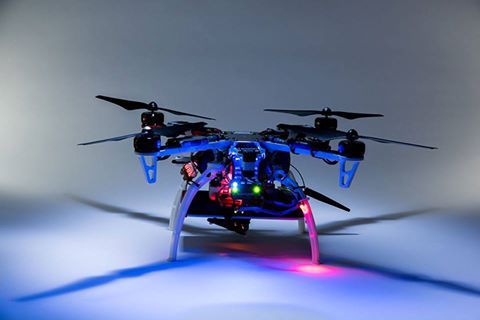
With sufficient training on digitized writing, spoken words, images, video streams and other digital content, ML has become the basis of voice recognition, self-driving cars, and other previously only-imagined capabilities. As billions of phones, appliances, drones, traffic lights, security systems, environmental sensors, and other radio-connected devices sum into a rapidly growing Internet of Things (IoT), there now is a need to apply ML to the invisible realm of radio frequency (RF) signals, according to program manager Paul Tilghman of DARPA’s Microsystems Technology Office. To further that cause, DARPA today announced its new Radio Frequency Machine Learning Systems (RFMLS) program. Find out more: http://www.darpa.mil/news-events/2017-08-11a

DeepMind’s scientific mission is to push the boundaries of AI by developing systems that can learn to solve complex problems. To do this, we design agents and test their ability in a wide range of environments from the purpose-built DeepMind Lab to established games, such as Atari and Go.
Testing our agents in games that are not specifically designed for AI research, and where humans play well, is crucial to benchmark agent performance. That is why we, along with our partner Blizzard Entertainment, are excited to announce the release of SC2LE, a set of tools that we hope will accelerate AI research in the real-time strategy game StarCraft II. The SC2LE release includes:
[youtube_sc url=“https://www.youtube.com/watch?v=NA0_7FUZ7OE”]
Why are we often so wrong about how the future and future technology will reshape society and our personal lives? In this new video from the Galactic Public Archives, Futurist Gray Scott tells us why he thinks it is important to look at all aspects of the future.
Follow us on social media:
Twitter / Facebook / Instagram
Follow Gray Scott:

A new interview I did on my transhumanist California Governor run:
On August 4th, Zoltan Istvan joined Merion West’s Erich Prince for an interview to discuss his campaign for Governor of California. Running in this race as a Libertarian, Mr. Istvan previously ran in the 2016 presidential election as a member of the Transhumanist Party. Working previously for National Geographic, Mr. Istvan is well-known for his writings on transhumanism, the movement that aims to improve human life and extend longevity through science. A pillar of his campaign for Governor of California includes a proposal for implementing universal basic income.
Erich Prince: Mr. Istvan, thank you for joining us this morning. Could you start by explaining the connection that you see between transhumanism, the movement you’re so involved with, and libertarianism?
Zoltan Istvan : The transhumanism and libertarian movement are connected through this concept called Morphological freedom. Morphological freedom is the idea that you should be able to do anything with your body that you want to do, as long as it doesn’t hurt someone else. It’s a core transhumanist concept. Of course, it’s also a core libertarian concept. It’s the idea that your body belongs to you; it’s part of the non-aggression principle, and because of that single issue, transhumanism and libertarianism have always been connected. As a result, when the movement first began, it was very libertarian-oriented, and I still find it very libertarian-oriented, especially when it comes to government staying out of the way of people wanting to do science and not face interference.
Whether it is something radical like taking off your arm and putting a new robotic arm, or whether it’s just the idea of using genetic therapies to modify oneself, including augmenting intelligence, or whatever it is, we just simply believe that the government ought not be involved in that process. Of course, this is also libertarianism in a nutshell, even if, in this case, it concerns transhumanist research and technology.
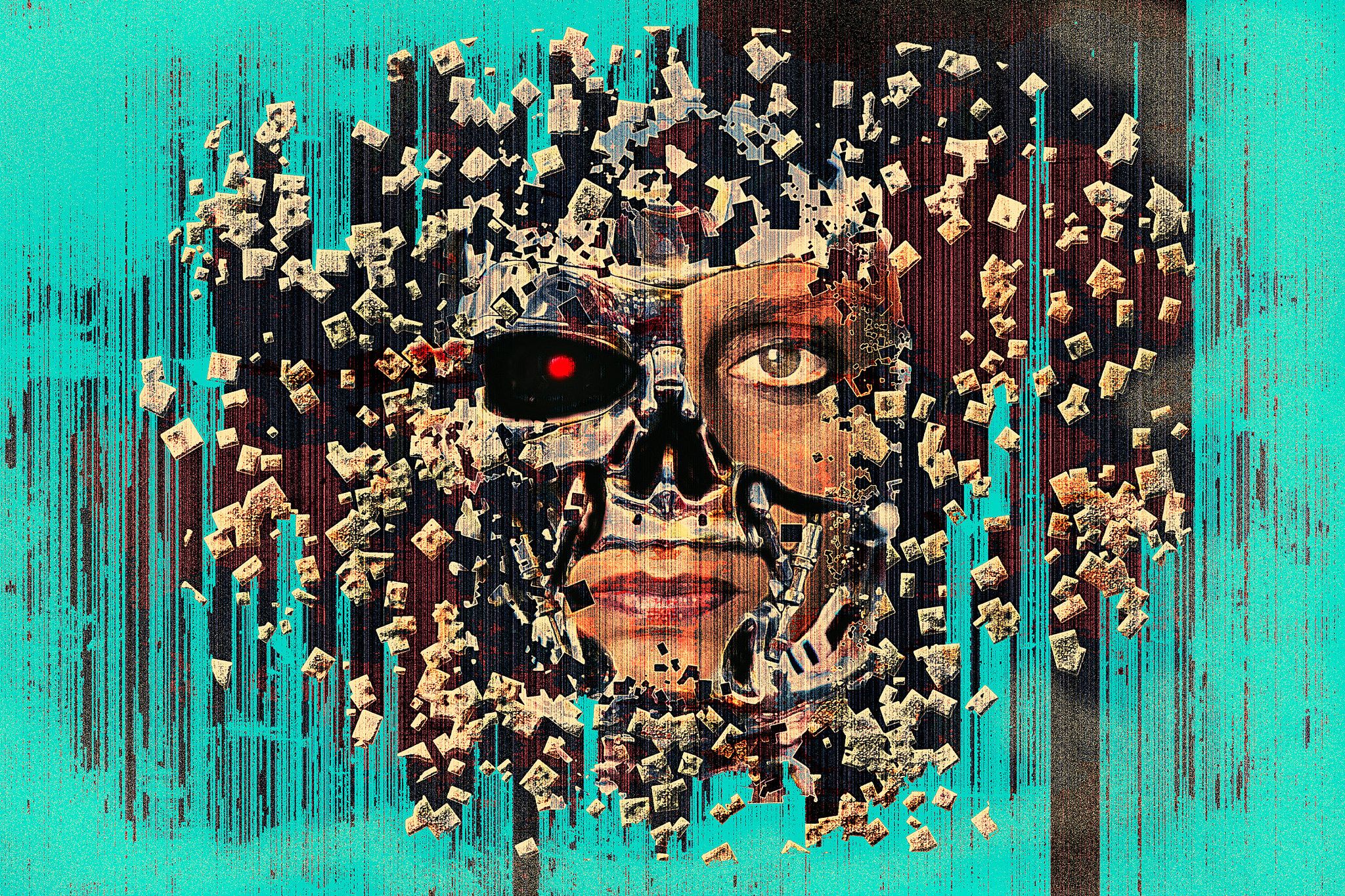
Unprecedented acute concentration of wealth happens alongside these expulsions. Advanced economic and technical achievements enable this wealth and the expulsion of surplus groups. At the same time, Sassen writes, they create a kind of nebulous centerlessness as the locus of power:
The oppressed have often risen against their masters. But today the oppressed have mostly been expelled and survive a great distance from their oppressors … The “oppressor” is increasingly a complex system that combines persons, networks, and machines with no obvious centre.
Surplus populations removed from the productive aspects of the social world may rapidly increase in the near future as improvements in AI and robotics potentially result in significant automation unemployment. Large swaths of society may become productively and economically redundant. For historian Yuval Noah Harari “the most important question in 21st-century economics may well be: what should we do with all the superfluous people?”
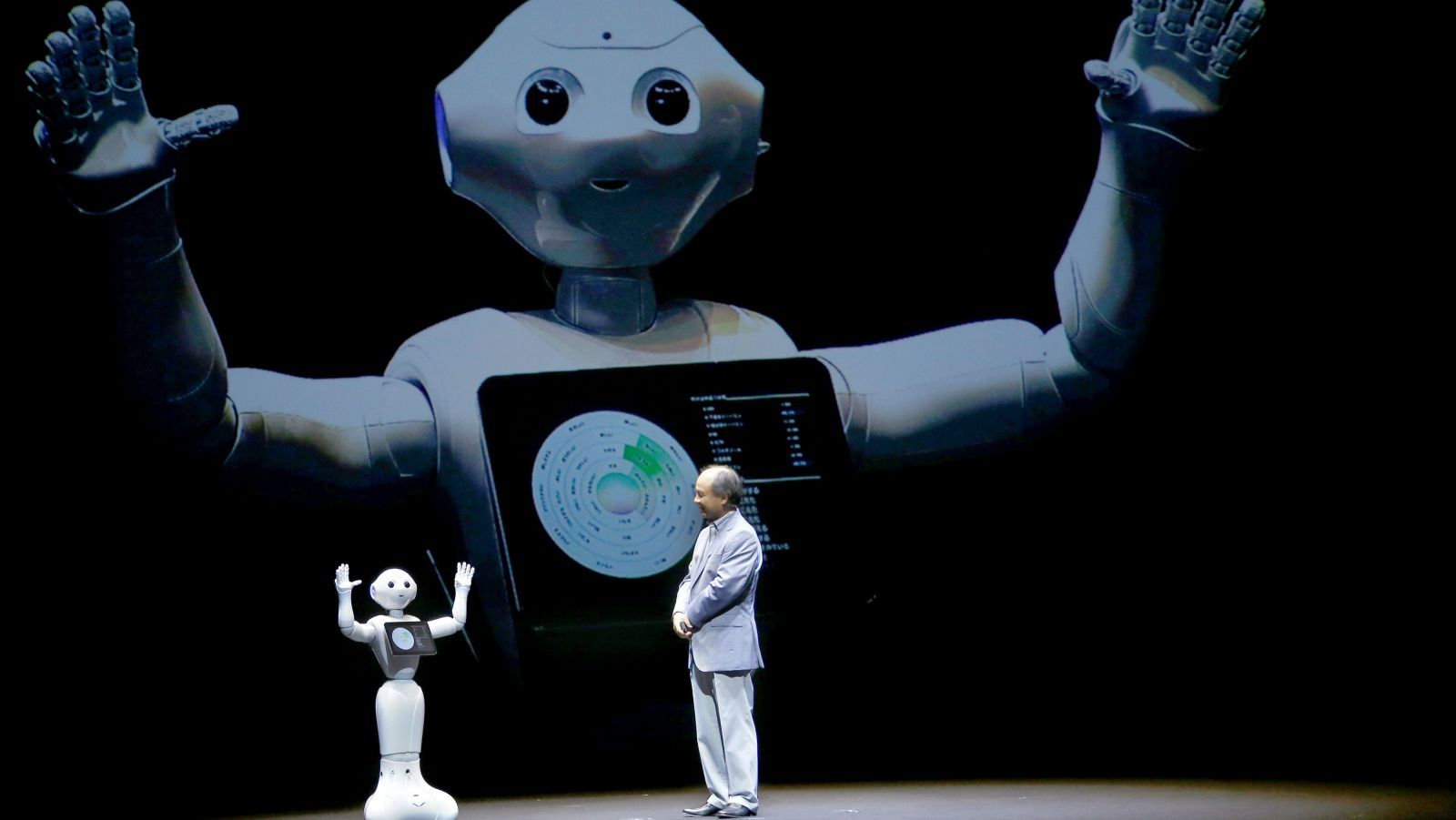
As an artificial intelligence researcher, I often come across the idea that many people are afraid of what AI might bring. It’s perhaps unsurprising, given both history and the entertainment industry, that we might be afraid of a cybernetic takeover that forces us to live locked away, Matrix -like, as some sort of human battery.
And yet it is hard for me to look up from the evolutionary computer models I use to develop AI, to think about how the innocent virtual creatures on my screen might become the monsters of the future. Might I become “the destroyer of worlds,” as Oppenheimer lamented after spearheading the construction of the first nuclear bomb?
I would take the fame, I suppose, but perhaps the critics are right. Maybe I shouldn’t avoid asking: As an AI expert, what do I fear about artificial intelligence?